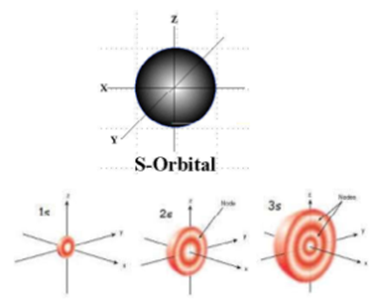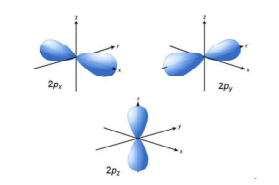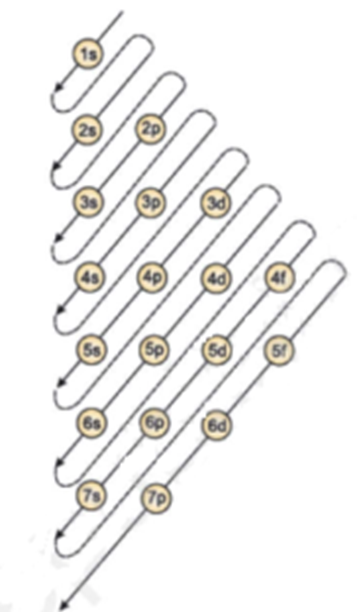Science > Chemistry > Atomic Structure > Quantum Numbers and Quantum Model of an Atom In this article, we shall study the concept of quantum numbers and the model of an atom based on the quantum numbers. Concept of Quantum Numbers: In 1926, Erwin Schrodinger put forward a theory of atom called as a quantum […]



